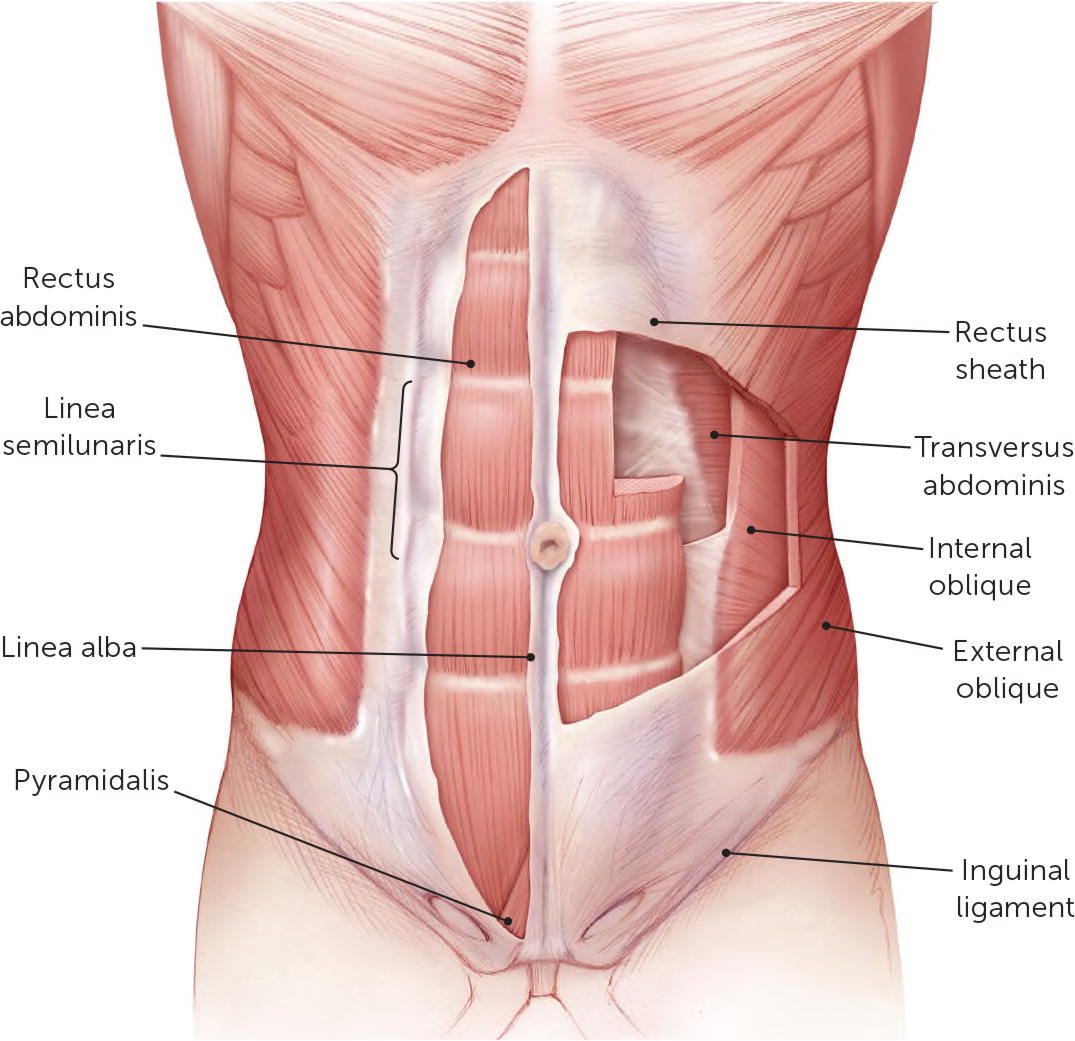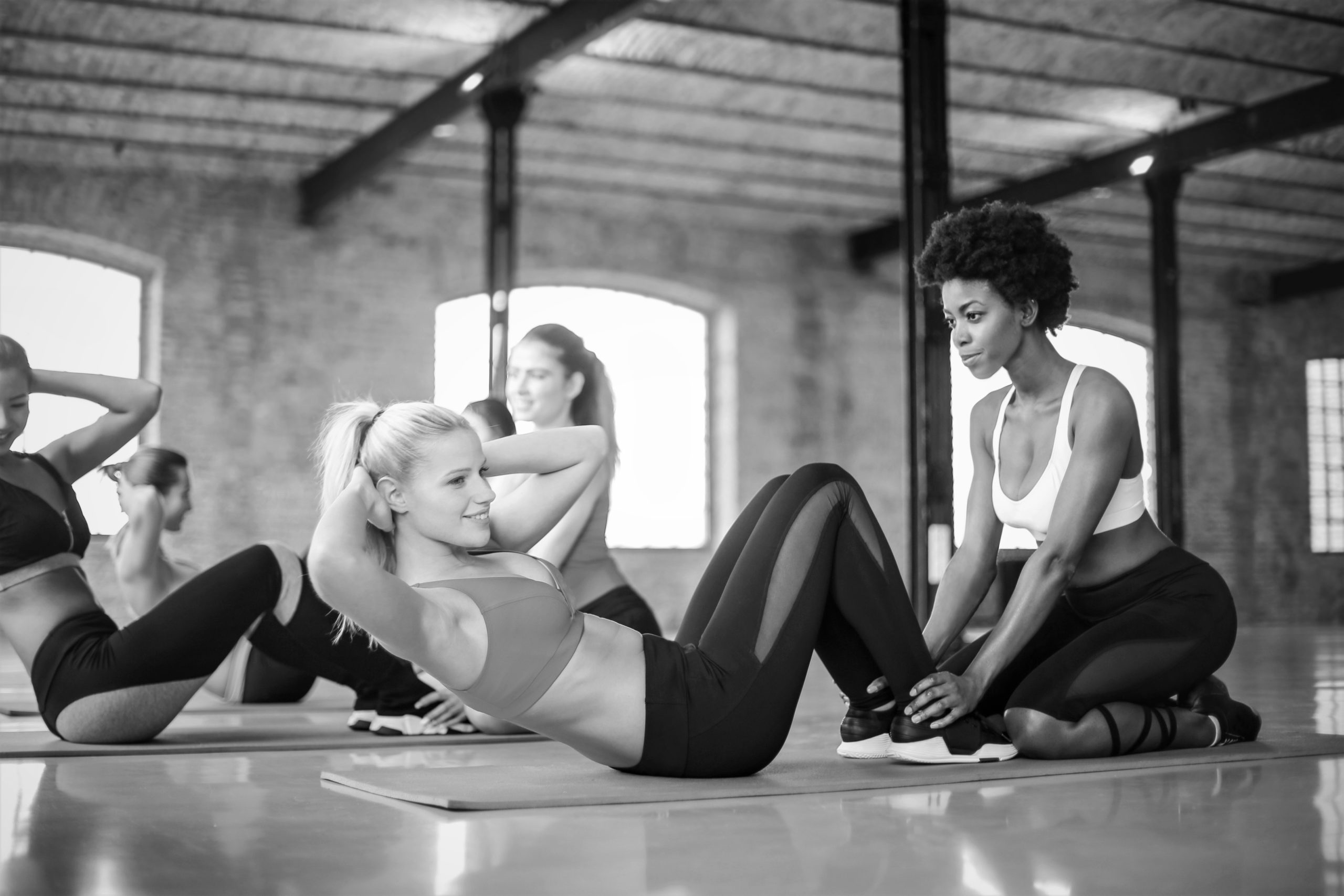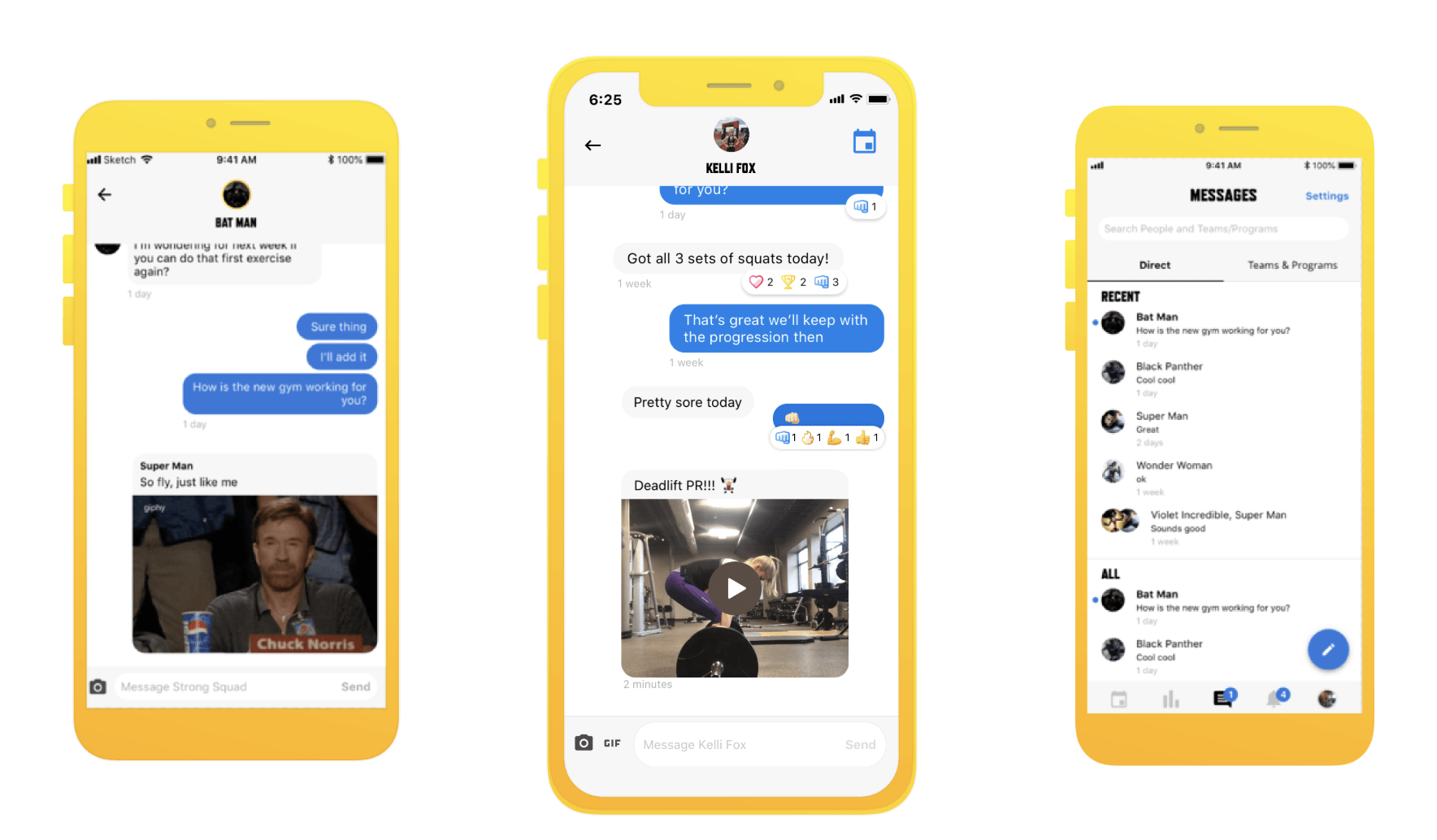Why Your Ab Workouts Are Not Working
Strength & ConditioningAb workouts, love them or hate them, a strong core is vital to performance. Whether you’re training for a sport or the sport of everyday life, chances are your core is part of your routine.
If you’re thinking that doing a million crunches is going to give you that summer six-pack, you’re wrong.
Coach Tim DiFrancesco shares the three common core training mistakes he sees most often, and tells us how to develop your core like a pro athlete.
Dr. Timothy DiFrancesco, PT, DPT
Doctor Tim DiFrancesco is the President & Founder of TD Athletes Edge. In December of 2011, he was named the Head Strength & Conditioning Coach of the Los Angeles Lakers in the NBA. While traveling with the Lakers for over 6 seasons from 2011-2017, Tim built TD Athletes Edge. TD Athletes Edge is nationally renowned for its evidence-based and scientific approach to training, nutrition, and recovery for athletes and fitness enthusiasts. Follow Dr. DiFrancesco on Instagram at @tdathletesedge
// Common Mistakes In Ab Workouts to Avoid
After the holidays, people want to make amends for overindulging at family feasts and as summer gets into full swing, the same folks try to base their beach body around a six pack.
As a result, they do umpteen kinds of crunches and twists day after day, often resulting in painful muscle tweaks or them quitting core training altogether because their midsection is just too sore to continue.
Another potential stopping point comes when they wonder why this punishing high-rep routine isn’t delivering the results they were looking for.
There are several reasons for such issues.
First, a lack of understanding of the human anatomy means that people are only focusing on core exercises that give them a burn in the rectus abdominis (aka the superficial ab muscles).
In fact, there are a whole array of muscles in what we usually call the core, including internal and external obliques, the quadratus lumborum, and erector spinae – some of which are located on your sides and back.

A second common problem is volume. There’s no harm in doing crunches, but if you do a couple hundred of them a day, the poison can be in the dose, leading to a sore back or painful ab tear.
The third blind spot I see a lot is a lack of variety. People will find a couple of core exercises that they like or that they think will get them that swimsuit-ready body and do them day in and day out.
In doing so, they’re overtaxing a particular movement pattern and not considering all the ways that the core functions.
Just like you wouldn’t do heavy squats, dead lifts, or shoulder presses seven days a week, neither is it wise to hammer the same core exercise or two repeatedly.

// To Get The Best Ab Workouts: Train Like A Pro
At TD Athletes Edge, my fellow coaches and I do core training a bit differently.
Our methodology is informed by seeing what worked for the Los Angeles Lakers, coaching competitive and recreational athletes in just about every sport, and helping everyday folks who simply want to move more sustainably.
The first thing is to consider what core muscles work together from a functional perspective. We call this a movement pattern based approach. Then we assign staple core exercises to each category we come up with.
Here’s the basic overview of each category along with a thought about each core exercise. Of course, there are many other variations you can consider inserting into your existing ab workout routine – these are just examples that I’ve found to be effective:
Programs By TD Athletes Edge: Edge Essentials – Bodyweight
Even when you can’t get to the gym, that doesn’t mean the gym can’t come to you! TD Athletes Edge brings you the following at-home bodyweight training guide to continue working towards your individual health and wellness goals from the comfort of your own home.
Get a Complete Ab Workout With These Categories
When building out your weekly core routine. Think of these categories to help build around. That way you can get the proper recover time for your abs while still working on your core regularly.
1. Anti-extension Core Exercises
If you want to take the intensity up a notch, then go into a pike position. This exercise targets your core as you stay stable in the tall plank and pike position. It also provides a great challenge to your shoulders.
The key is to continuously push your chest away from the ground throughout all reps. Shoot for 2-4 sets of 3-5 repetitions.
2. Anti-side Core Exercises
This exercise targets your lateral core, shoulders, abductors (inner thigh), and abductors (outer hip muscles).
To do it, lie on your side and push up on your elbow to assume the side plank position. Pull your left knee toward your waist, lower it, and then repeat with the right knee.
The key is to keep your body like a statue throughout the knee-drive action. Shoot for 2-4 sets of 8-15 repetitions.
3. Anti-rotation Core Exercises
The Pallof press is a great way to build more strength and endurance in the obliques the smaller muscles around the spine.
You’d need to recruit these to play many sports effectively. Or if you were out for a trail run and were treading over an obstacle like a log, you’d call upon anti-rotation to keep you running without twisting and falling over.
To do this variation, kneel alongside a squat rack or another stable anchor. Loop one end of a resistance band around it and hold the other in both hands. Sit back on your heels and push the band out in front of you. That’s one rep.
Try 3 sets of 12 reps.
4. Anti-flexion Core Exercises
If you were doing a bilateral carry and relaxed your core too much, you’d start to fold over. This demonstrates how a two-handed carry helps you develop anti-flexion capabilities.
If you switch from two kettlebells or dumbbells to one, you’ll activate your QL and other small core muscles to try and avoid the weight pulling you to one side. And if you move the weight up into a front rack position, you start challenging your scapula control and the stability of your shoulder complex.
5. Active Flexion Core Exercises
Good enough for Bruce Lee, good enough for me. This exercise is a great way to take your body into and out of flexion using your bodyweight as resistance.
The key here is to move slowly and under control. Start by grabbing a heavy object – like the base of a weights machine or big dumbbell – with both hands over your head.
You’ll hold onto it throughout the exercise. Pull one knee up to your belly button as you keep the other extended to get into the start position. Then rock back to finish with the knee of the bent leg behind your elbow, with the other leg remaining straight.
Slowly return to the start position. Do 2-4 sets of 3-8 repetitions.
6. Rotation Core Exercises
In addition to resisting forces that might make us twist, we also need to develop the ability to generate force through rotation.
Tossing a medicine ball is a good way to start. Stand facing parallel to a wall with a medicine ball in both hands. Turn quickly toward the wall and throw the ball against it. Catch it, twist back to the start position, and repeat.
Then switch sides. Go for 2-4 sets of 8-15 repetitions.
Distribute Your Ab Workouts and Compound Core Training Benefits
Breaking things up in this way allows you to spread your core exercises out over the course of your training week.
As a result, you can expose your body to six different ways of creating or resisting motion without overtaxing.
As with every other body area, the key is to start slowly and progress gradually. You wouldn’t try to jump from 200 to 400 pounds in your deadlift all at once. The same goes for your core training.
Another key consideration is that you don’t need to only do isolation work.
If you performed a few sets of front or goblet squats with a challenging weight, your core will be on fire. Turkish get-ups will light up your obliques and help you move with more control through the transverse plane.
Single-arm kettlebell swings not only improve your ability to hip hinge but also force you to resist rotation.
If I take athletes through a six or eight exercise session, usually only one or maximum two will be considered dedicated core exercises.
If you focus on compound movements, supplement them with core exercises that fit the categories mentioned earlier, and spread your core workout routine over the course of each training week, you’ll be all set to move more powerfully and safely.
TAKE YOUR TRAINING
TO THE NEXT LEVEL
The TrainHeroic Marketplace
TrainHeroic brings online training and strength programs to life with an unmatched immersive training experience delivered directly to your phone. Browse our Marketplace for thousands of programs or take your training up a notch by joining an online community with fresh programming and coaching by some of the biggest names in the strength game starting at $15 / month.

READY TO TRY TRAINHEROIC?
Our powerful platform connects coaches and athletes from across the world. Whether you are a coach or trainer looking to provide a better experience for your clients, or you’re an athlete looking for expert programming, click below to get started.
Want more training content?
More coaches and athletes than ever are reading the TrainHeroic blog, and it’s our mission to support them with the best training & coaching content. If you found this article useful, please take a moment to share it on social media, engage with the author, and link to this article on your own blog or any forums you post on.
Be Your Best,
TrainHeroic Content Team
HEROIC SOCIAL
HEROIC SOCIAL
TRAINING LAB
Access the latest articles, reviews, and case studies from the top strength and conditioning minds in the TH Training Lab


